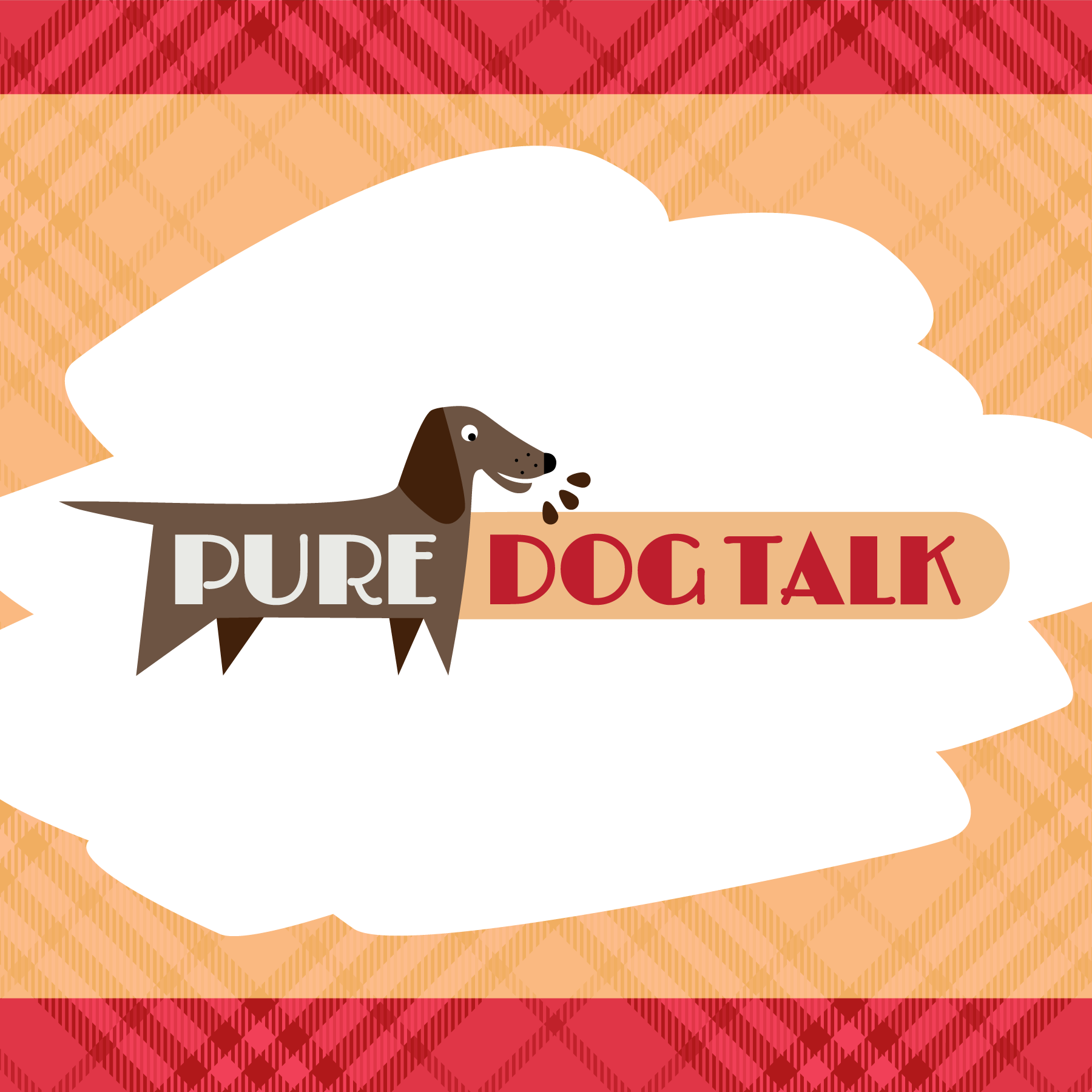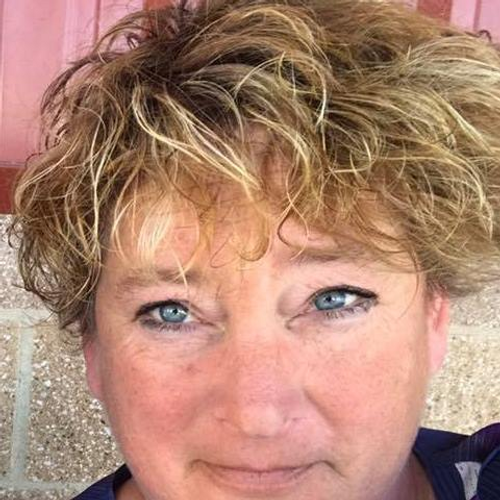Chesapeake Bay Retrievers: An American Success Story
Betsy Horn Humer has spent a lifetime with Chesapeake Bay Retrievers. Her parents acquired their first dog in 1947 and Betsy has been deeply involved in the breed since childhood. A conformation and obedience/rally judge, Betsy brings tremendous depth and width of experience to her understanding of the sport.
"They're very different from the other retrievers," Betsy said. "They're not like Goldens and Labs who love everybody and wanna be your friend. They're much more reserved. They're much more like some of the working breeds -- German Shepherds and Dobermans, Rottweilers.
"They have a real work ethic and they're serious. They're much more serious than your average Golden and Labrador. They're not the dog for everyone, especially a first dog.

"They're very protective and that's really because of their heritage and why they were originally developed.
"They were originally developed on Chesapeake Bay, of course. The story is that there was a shipwreck. There were a couple of dogs on the ship and they swam to the shores. One was named Sailor and one was named Canton. They were not Chesapeakes but they were more like the Saint John's dog. The Labrador also goes back to that particular breed.
"They were bred with a couple of the other local hunting dogs and some of the background includes setters and bloodhounds and other retrievers. It's an interesting mix and it does explain why we do have different types of coats and different kinds of hound markings because of the genetics that's actually behind the breed.
[caption id="attachment_9536" align="alignleft" width="290"]

2021 National Specialty show- Award of Merit. GCHB Eastern Waters’ Pink Power O’MesaRidge, BN RI. Owners/ Breeders - Betsy Horn Humer & Rupert J. Humer[/caption]
"The breed was really developed and records were kept by the wealthy land owners who owned property on the Chesapeake Bay and had huge hunting clubs. It was the local marketers, the duck hunters and the water fowlers that used them for hunting back in the late 1800s.
"There were no limits on how many ducks you could take and these hunters would take several hundred a day. The Chesapeake would just go out in the Bay and retrieve them all, that was his job. When he wasn't actually swimming and retrieving, his job was to guard the pile of ducks so that nobody else would take them. These ducks were sold to expensive restaurants in Baltimore. They were considered a real treat.
"Winters were much colder then. There was ice to be broken. The Chesapeake Bay is huge. I mean you're not talking just like a little lake it is huge. You get tremendous amounts of tides, wind. It can be a very unpleasant place during hunting season. But these hunters, that was how they made their living and that was what they did.
"(Chesapeakes) are very strong. They're much stronger than they look. They've got very strong bone. Their coat was developed in order to keep them warm. They have what's referred to as a double coat. There's a very soft undercoat and it's interesting because it's all one hair. The tops of the hair are very coarse and wiry but as you get closer to the skin, the coat is actually very soft and the outside harshness keeps the inside, the other part of it, dry."
Be sure to listen in to this wide ranging conversation for more insights on the Chesapeake, judging in the show ring and the obedience ring, dog breeding and more.
 "They're very protective and that's really because of their heritage and why they were originally developed.
"They were originally developed on Chesapeake Bay, of course. The story is that there was a shipwreck. There were a couple of dogs on the ship and they swam to the shores. One was named Sailor and one was named Canton. They were not Chesapeakes but they were more like the Saint John's dog. The Labrador also goes back to that particular breed.
"They were bred with a couple of the other local hunting dogs and some of the background includes setters and bloodhounds and other retrievers. It's an interesting mix and it does explain why we do have different types of coats and different kinds of hound markings because of the genetics that's actually behind the breed.
[caption id="attachment_9536" align="alignleft" width="290"]
"They're very protective and that's really because of their heritage and why they were originally developed.
"They were originally developed on Chesapeake Bay, of course. The story is that there was a shipwreck. There were a couple of dogs on the ship and they swam to the shores. One was named Sailor and one was named Canton. They were not Chesapeakes but they were more like the Saint John's dog. The Labrador also goes back to that particular breed.
"They were bred with a couple of the other local hunting dogs and some of the background includes setters and bloodhounds and other retrievers. It's an interesting mix and it does explain why we do have different types of coats and different kinds of hound markings because of the genetics that's actually behind the breed.
[caption id="attachment_9536" align="alignleft" width="290"] 2021 National Specialty show- Award of Merit. GCHB Eastern Waters’ Pink Power O’MesaRidge, BN RI. Owners/ Breeders - Betsy Horn Humer & Rupert J. Humer[/caption]
"The breed was really developed and records were kept by the wealthy land owners who owned property on the Chesapeake Bay and had huge hunting clubs. It was the local marketers, the duck hunters and the water fowlers that used them for hunting back in the late 1800s.
"There were no limits on how many ducks you could take and these hunters would take several hundred a day. The Chesapeake would just go out in the Bay and retrieve them all, that was his job. When he wasn't actually swimming and retrieving, his job was to guard the pile of ducks so that nobody else would take them. These ducks were sold to expensive restaurants in Baltimore. They were considered a real treat.
"Winters were much colder then. There was ice to be broken. The Chesapeake Bay is huge. I mean you're not talking just like a little lake it is huge. You get tremendous amounts of tides, wind. It can be a very unpleasant place during hunting season. But these hunters, that was how they made their living and that was what they did.
"(Chesapeakes) are very strong. They're much stronger than they look. They've got very strong bone. Their coat was developed in order to keep them warm. They have what's referred to as a double coat. There's a very soft undercoat and it's interesting because it's all one hair. The tops of the hair are very coarse and wiry but as you get closer to the skin, the coat is actually very soft and the outside harshness keeps the inside, the other part of it, dry."
Be sure to listen in to this wide ranging conversation for more insights on the Chesapeake, judging in the show ring and the obedience ring, dog breeding and more.
2021 National Specialty show- Award of Merit. GCHB Eastern Waters’ Pink Power O’MesaRidge, BN RI. Owners/ Breeders - Betsy Horn Humer & Rupert J. Humer[/caption]
"The breed was really developed and records were kept by the wealthy land owners who owned property on the Chesapeake Bay and had huge hunting clubs. It was the local marketers, the duck hunters and the water fowlers that used them for hunting back in the late 1800s.
"There were no limits on how many ducks you could take and these hunters would take several hundred a day. The Chesapeake would just go out in the Bay and retrieve them all, that was his job. When he wasn't actually swimming and retrieving, his job was to guard the pile of ducks so that nobody else would take them. These ducks were sold to expensive restaurants in Baltimore. They were considered a real treat.
"Winters were much colder then. There was ice to be broken. The Chesapeake Bay is huge. I mean you're not talking just like a little lake it is huge. You get tremendous amounts of tides, wind. It can be a very unpleasant place during hunting season. But these hunters, that was how they made their living and that was what they did.
"(Chesapeakes) are very strong. They're much stronger than they look. They've got very strong bone. Their coat was developed in order to keep them warm. They have what's referred to as a double coat. There's a very soft undercoat and it's interesting because it's all one hair. The tops of the hair are very coarse and wiry but as you get closer to the skin, the coat is actually very soft and the outside harshness keeps the inside, the other part of it, dry."
Be sure to listen in to this wide ranging conversation for more insights on the Chesapeake, judging in the show ring and the obedience ring, dog breeding and more.



